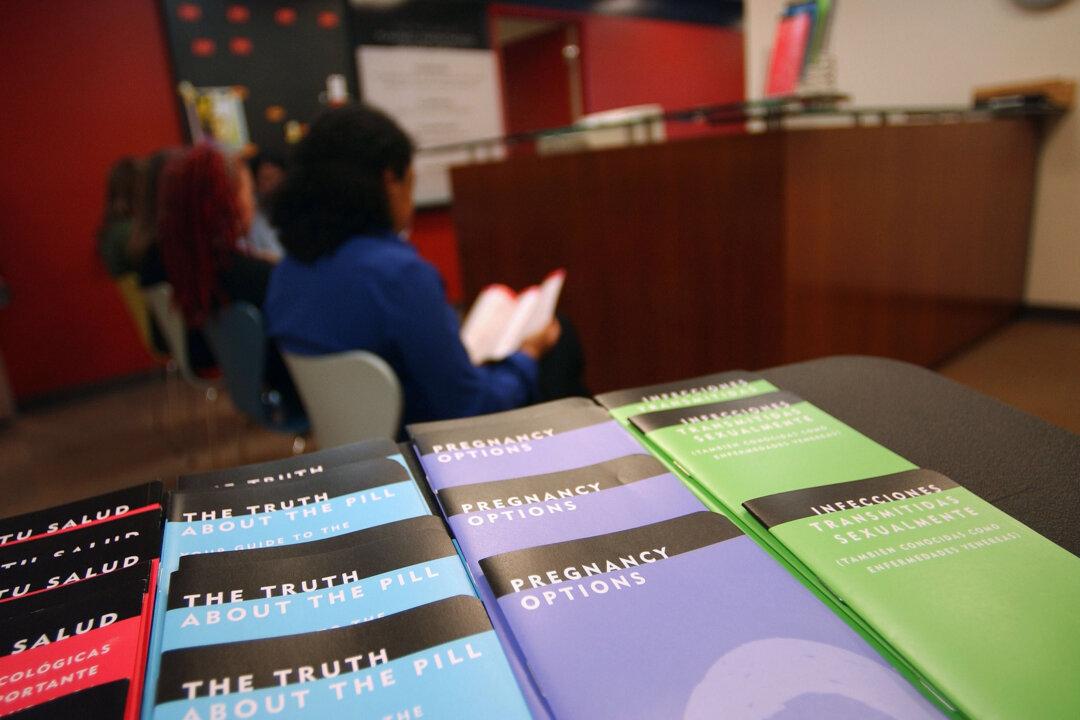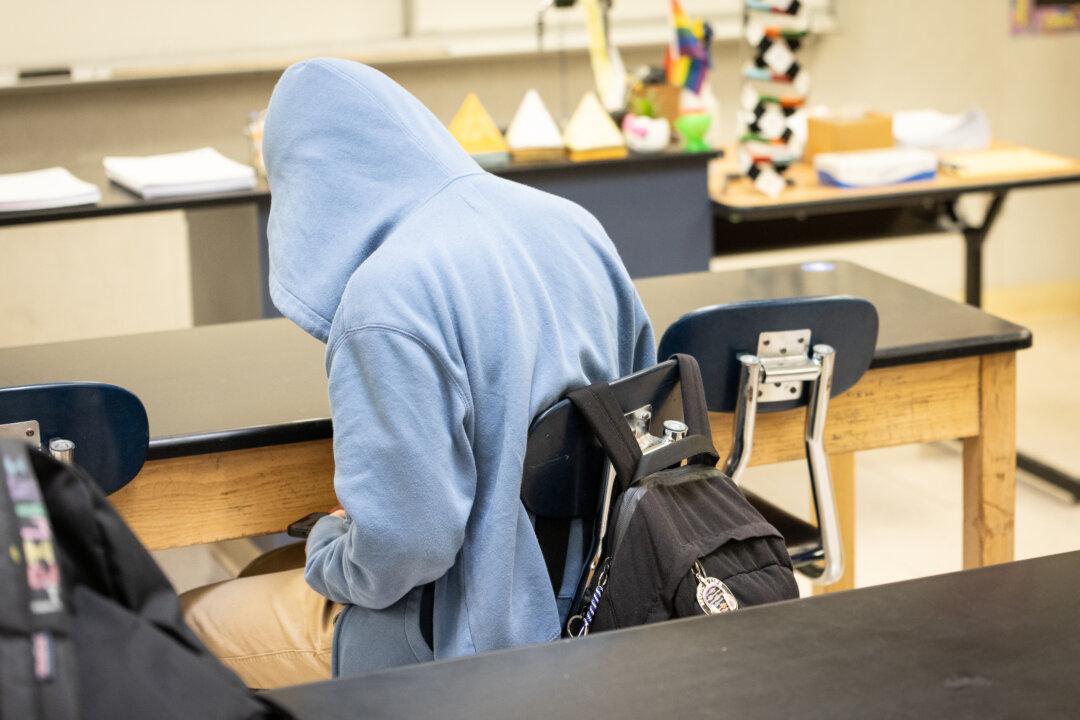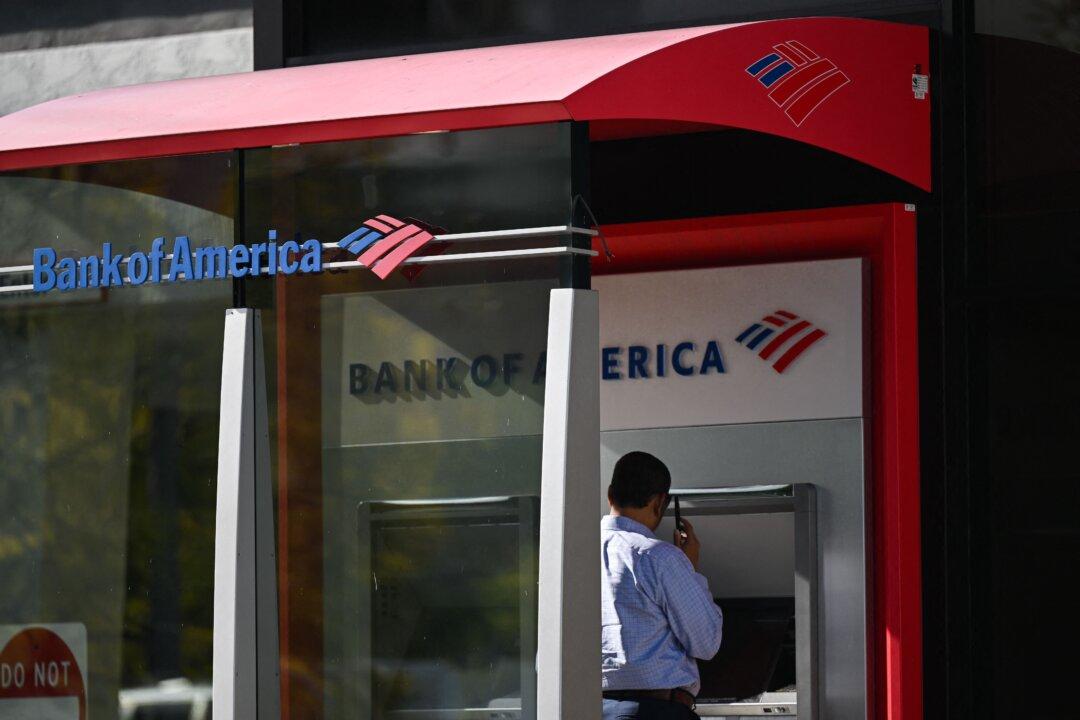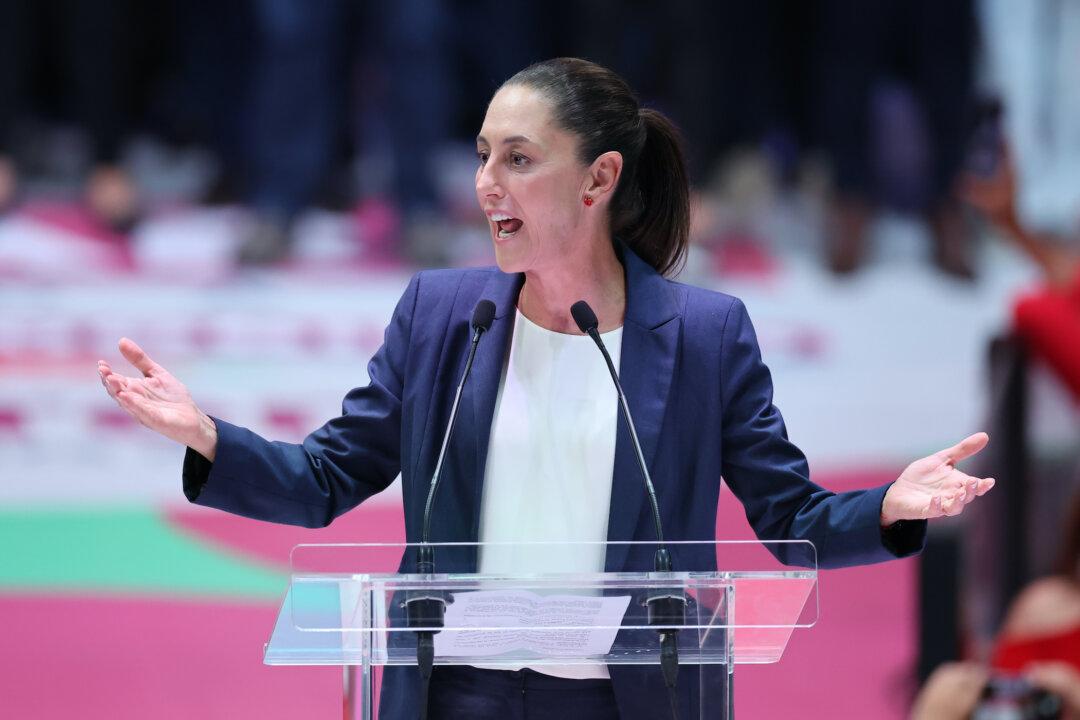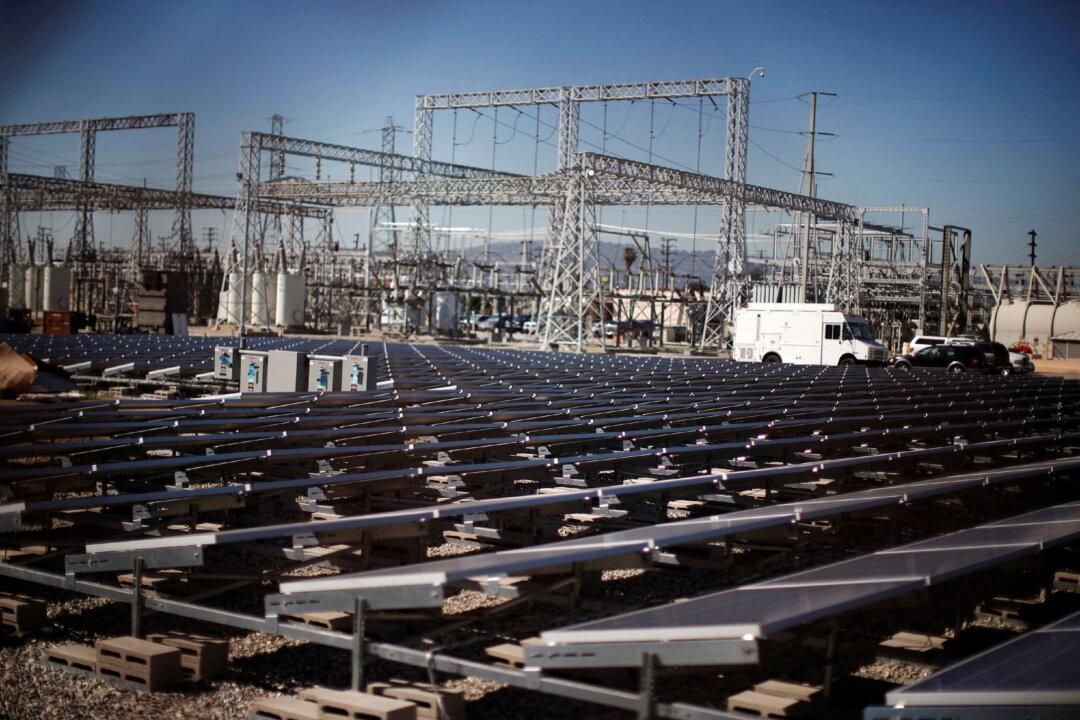Commentary
The most contentious issue by far in America the past five decades has been abortion. That’s because the U.S. Supreme Court, in its 1973 Roe v. Wade decision, not only made it a new “right,” but took almost all powers to regulate it away from the states. That produced subsequent decisions, contradictory and complicated, further nationalizing the issue.
